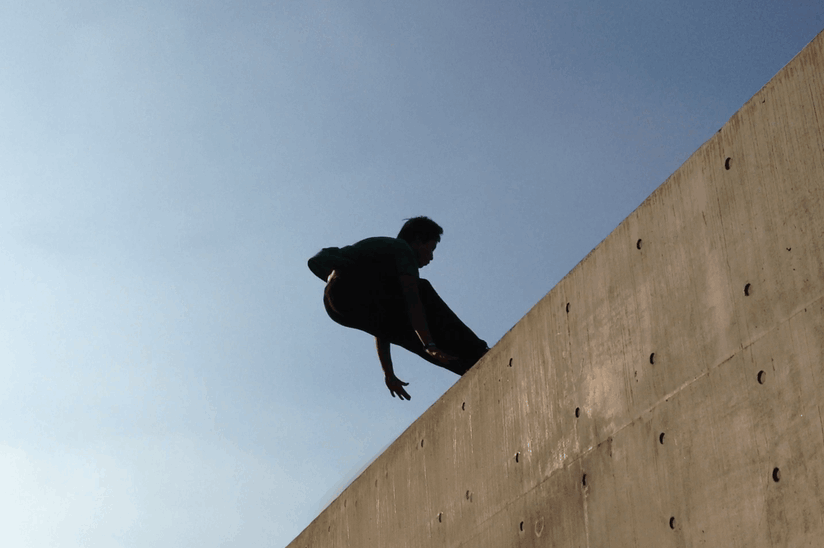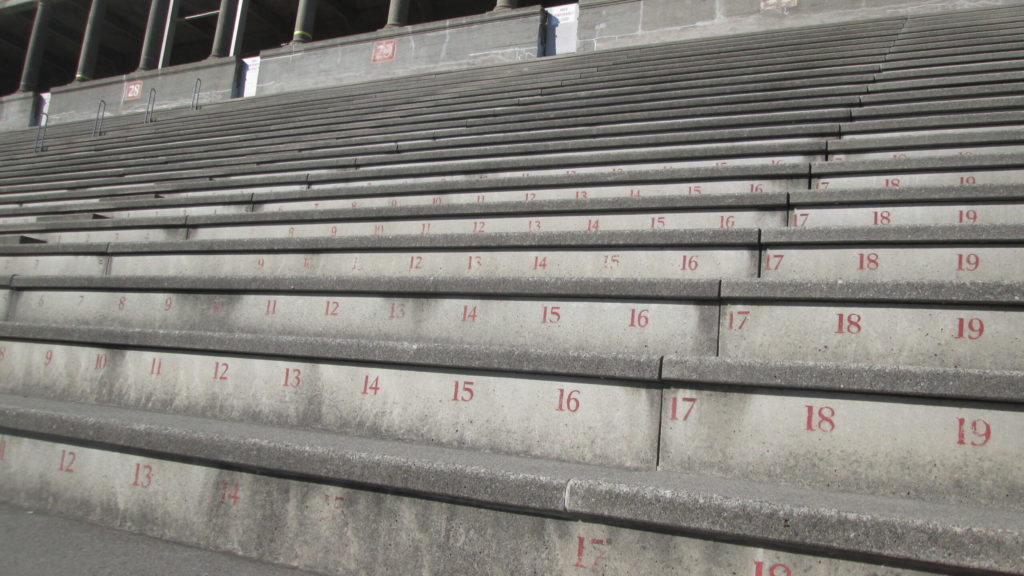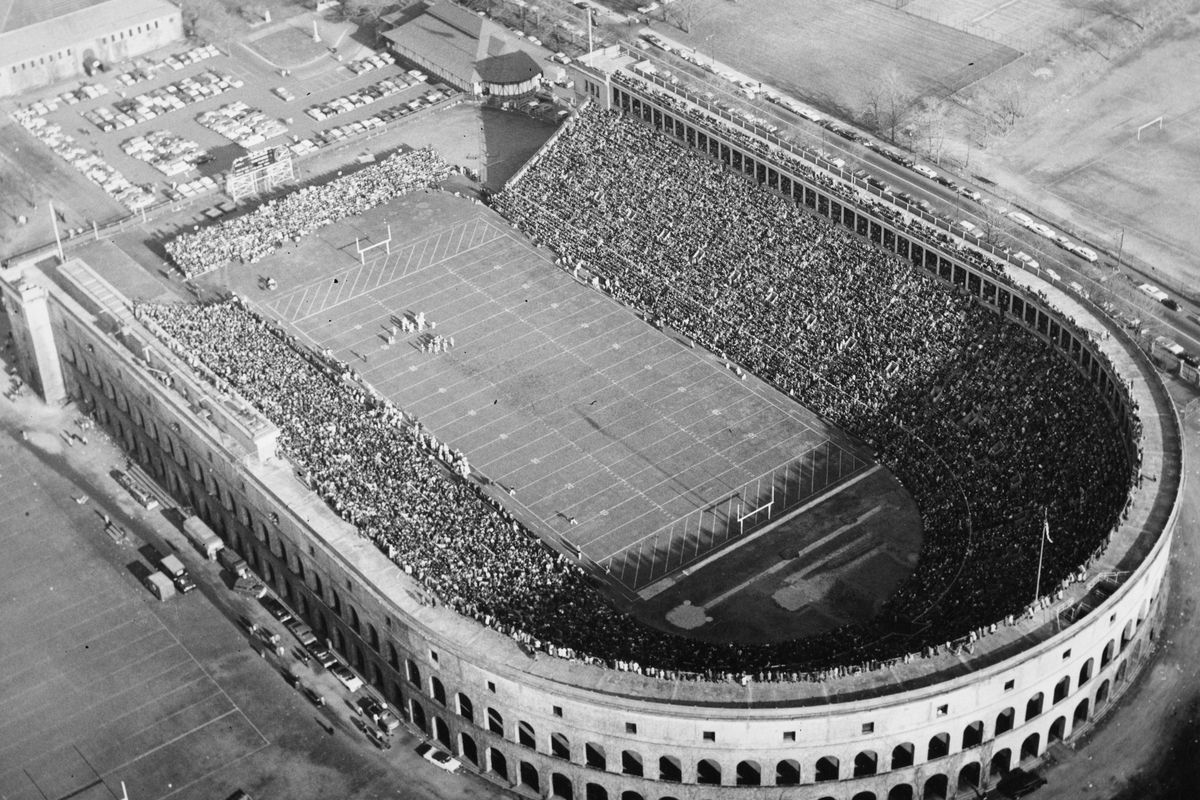
Am I still in Section 37?
나는 아직 37구역에 있는가?
Text by Jiho Kim 김지호
Translation by Irene Song 김솔하
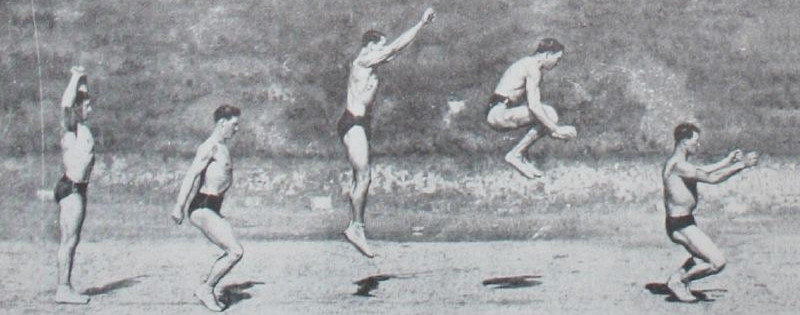
The true Natural Method, in its broadest sense, must be considered as the result of these three particular forces; it is a physical, virile and moral synthesis. It resides not only in the muscles and the breath, but above all in the "energy" which is used, the will which directs it and the feeling which guides it. - Georges Hébert
In the history of parkour, there is a man who first saw individual freedom in relation to social value. Georges Hébert was a physical educator and an officer in the French Navy who had been influenced by Jean Jacques Rousseau's Naturalism. While he had seen the naval forces onboard suffer from physical deterioration, he had been observing indigenous tribes in Africa. He witnessed their outstanding physical abilities, such as throwing spears over long distances, swiftly climbing trees and cliffs, and jumping over streams and said, "Their bodies were splendid, flexible, nimble, skillful, enduring, resistant and yet they had no other tutor in gymnastics but their lives in nature." Inspired by this observation, Hébert completes a physical fitness program that promotes physical development through freehand exercises without assisting equipment.
During the time, Hébert had also solidified his belief of 'Natural Method(La Méthode Naturelle)' and the story goes as follows. In 1902, there was a volcanic eruption in the French ruled Martinique island, so Hébert and the naval forces were sent to rescue the victims. In this dramatic event, he saw people who would push each other to get on the ship, fighting for survival, and there were also people who would sacrifice themselves; a father for a daughter, a mother for a son, yielding for somebody else to survive. The result showed that altruistic actions led to higher rates of survival. Once he witnessed this, Hébert realized that in a disaster or radical situation, altruistic actions are much more effective to overcome a crisis. And such actions cannot come naturally, it requires courage, mental and physical strength. His ethos was evolved into his personal motto, "Be strong to be useful(être fort pour être utile)"
This spirit became the core value of Hébert's Natural Method, and it was passed on to the next generation Yamakasi group members as the parkour philosophy of altruism. Sometimes, one wonders if the notions of egoism and altruism are actually in contrast to each other. From Hébert's approach, we learn that individual 'strength' can expand to being 'useful', and again, being useful is helping yourself, so one can discover the moment when helping others is actually helping yourself. Laozi of the Warring States period tried to overcome the limits of dichotomy which humans easily fall for, by explaining the world filled with war and chaos, as existence and nonexistence, and further understanding the natural order of the universe as 'tao' which is the principle of the synergy of existence and nonexistence. Once we are trapped in a binary oppositional paradigm, individuals and society will become ill. What we considered to be opposing each other may all be connected, forming one big whole.
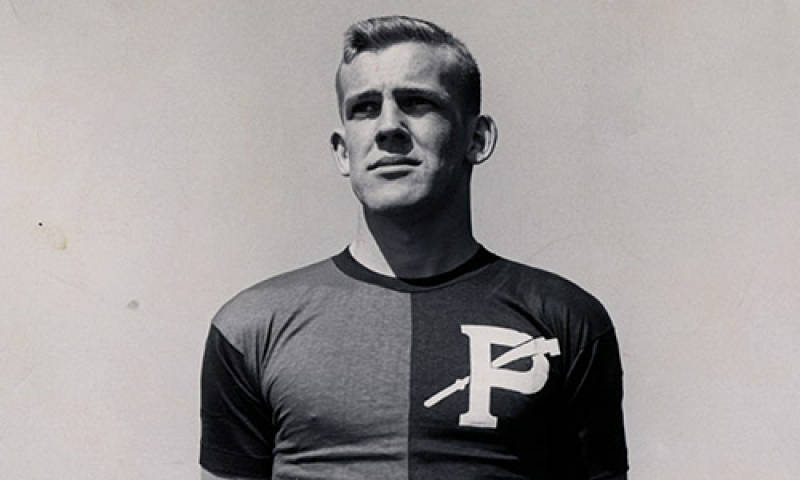
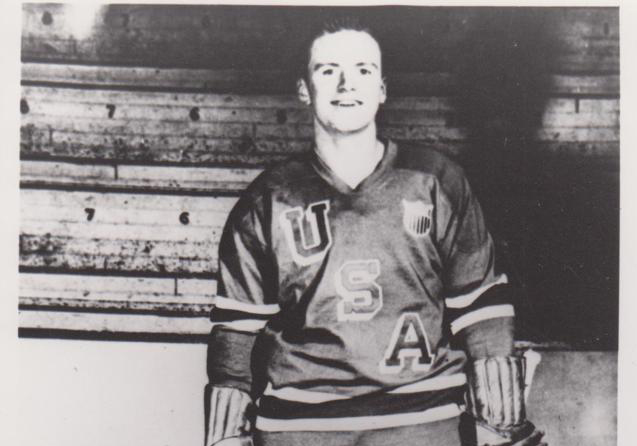
Before I fully understood this motto of 'Be strong to be useful,' I used to repeat the phrase as a mantra since it seemed cool. Then there were some occasions when I could actually experience this motto and deeply connect with its meaning. Here is an example. I was participating in the Parkour instructor certification program in Boston, U.S., in 2014. That day was the last of five days of 'ADAPT Level 2' on the 24th of September. The members convened at 9 am at the Harvard Stadium, and a peculiar vibe was in the air. The Harvard Stadium is an American football stadium owned and operated by Harvard University, built in 1903, which was inspired by the ancient Roman arena. Running the steps of this Stadium became known world-wide after Harry Parker and Bill Cleary trained themselves and their teams on these steps for decades. In the 1970s and 80s, Parker was a legendary rowing athlete and coach, and Cleary was a hockey player and coach. Since then, the step running became more well known due to Boston marathoners, climbers, fitness enthusiasts who joined the steps, as well as baby-boomers who began walking up the steps slowly as an anti-age health campaign.
The Harvard Stadium consists of 37 sections with each section made of 31 steps. As a whole, these 37 sections form a horseshoe shape. When you run on these steps, you would go up the big steps which are 15 inches (approx. 38.1cm) high, 30 inches (76.2cm) wide. There are diverse challenging activities possible on the steps, and the following four types are the most popular.
- Full Tour : completing a circuit of all 37 sections as fast as you can
- Tour of 50 : begin running up the 37 sections and once you arrive at section 13, you turn around and come back as fast as you can
- 35 minutes : covering as many sections possible within 35 minutes
- Century : covering 100 sections as fast as you can
Director of Parkour Generations Americas, Blake Evitt, was participating in the ADAPT level 2 certification program as an assistant instructor. Before becoming a parkour coach, Evitt was a track-and-field athlete, and he had been running up the Harvard Stadium steps since he was in middle school. He proposed running up these steps as the last day's challenge of the program. The challenge seemed simple. 'Complete the circuit of 37 sections in 40 minutes.'
To set the example of Parkour's mind of 'Be strong to be useful,' the instructors Blake Evitt, Mikkel Thisen, and Andy Pearson joined the run. All the participants stood in front of the first step of section 1. We all greeted each other by saying, let's meet later in hell. As always, behind my big smile, my mind was already filled with fear, my heart was beating super fast, and my adrenaline level was exploding.
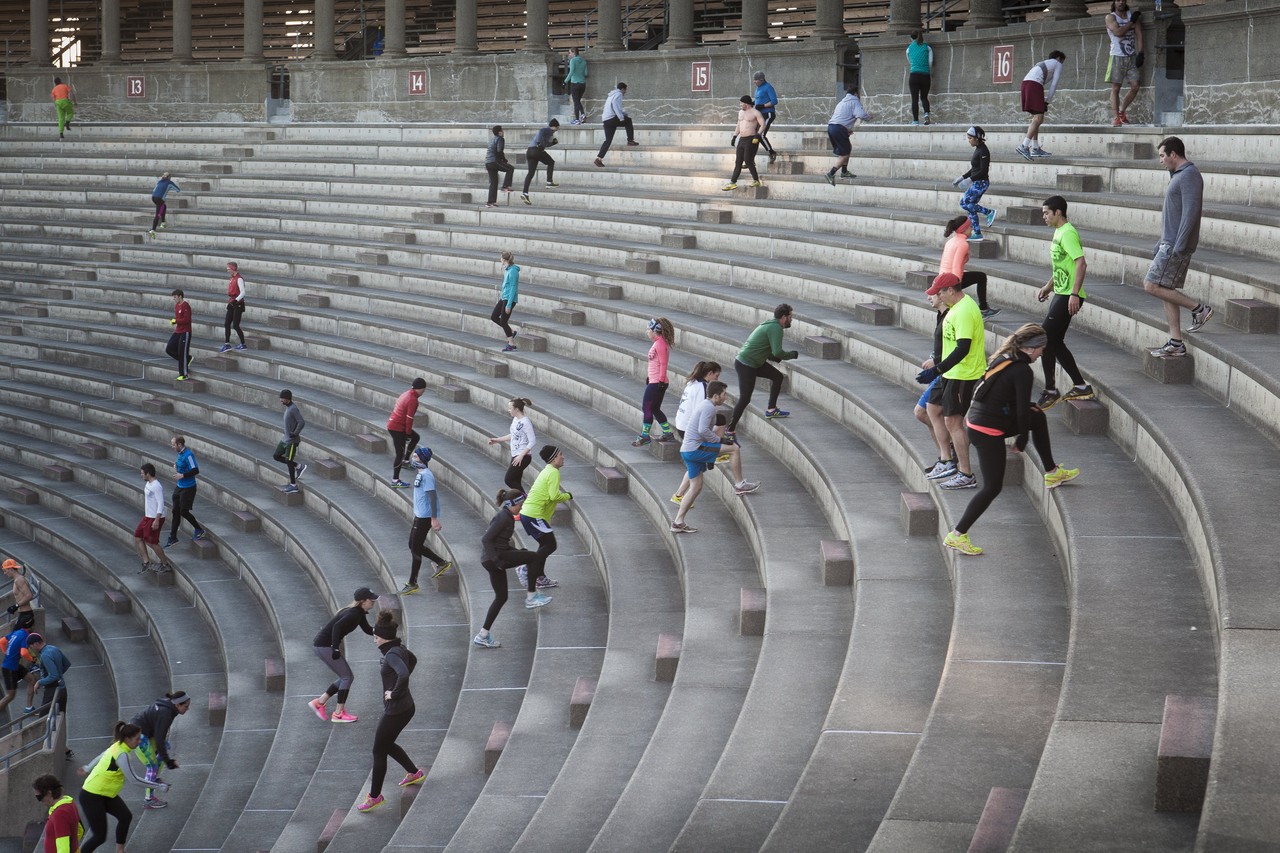
Go! Blake was running lightly from the start, and I became automatically competitive and quickly followed him.
From section 1 to 4, it was warming up.
Once we entered section 5, I got intimidated by Blake who would maintain the same pace as he had from the beginning.
At section 7, I could not keep up with my initial speed and my legs got heavy. Moreover, I was running out of breath, and my desire to win over Blake slowly suffocated my body.
At section 8, I gave up following Blake. He is a monster. I wanted to run at my own pace from now on, but then I could see the other runners who were closely behind me.
Section10. Suffering from body pain, I could not help forgetting the constant comparison with others. My soul slowly ran away from my body. My arms and legs were moving of their own accord, still letting me run upward.
Section 11. My leg muscles were still holding on, but my heart seemed to be at the brink of explosion and I was gasping for air, so I began walking up.
Section 12. Walking was a bad decision in fact. Since the length between the steps were long and the steps were high, it was as if I had to do a lunge each time. My thighs were beyond explosion, they could get paralyzed any minute.
Section13. So I ran up again. My thigh muscles calmed down but my breath got out of control. I was in total dilemma. Walking and running were both painful. There was no way out.
Section 14. I began running up but I decided to stop and resume walking if my breath gave in. The number 37 which would end my pain began controlling me.
Section 18. I paused and looked up at Blake who was running afar. He was still maintaining his initial pace, at the same speed.
Section 23. I realized that when you are in physical pain, no exterior element(number, watching the time, comparing/competing, searching for a better pose, etc.) would be helpful at all. I finally began concentrating on 'myself' and climbed the steps.
Section 26. My body was screaming out loud but my mind became calm as ever.
Section 30. I saw that Andy and Mikkel who were behind me would do 10 push-ups each time they finished a section. They were not following from behind. They were managing this challenge in their own ways. Before this moment, I had been looking at the world as I imagined it to be. But this was a scene in which I looked at the world as is, the first time in my life.
Section 37. At the moment of completion, my body tension collapsed. My record was 31 minutes. It was a success!
Feeling so proud of myself, I was glancing over the huge steps of this Stadium. Then I discovered Blake who was running with the most struggling participant at the opposite side. For him, finishing the entire 37 sections was not the end. From the beginning, his goal was not simply completing the whole circuit. He was just headed toward an endless pursuit. It was like being hit in the head with a hammer. When you achieve a certain goal, result, ideal, standard, everything just ends there. Eventually all goal-settings would have 'limits.' Instead, if you set yourself free from exterior aims and criteria, and focus on yourself and do your best at every moment in your life, you would be able to touch upon something immortal and endless. This is the epiphany I had.
So then, I let go of my sweet sensation of 'success' and 'achievement,' and ran toward the other participants who were still running up the steps. Until then, I had thought the altruistic mind, the concept of helping others that we often learn at home, school, or from adults, was about yielding what you have for others despite your discomfort, giving and sacrificing. But here at Harvard Stadium I learned that that was not the case. It is about expanding yourself to be a "bigger" person; it is a force that would make you a stronger person. Through this experience, I realized that altruism is not surplus capital that you share when you are well off, after you have achieved your own freedom. All great people have altruistic value blended in pursuing their own freedom. In the end, I ask myself.
"Am I still in Section 37?"
What we considered to be opposing each other may all be connected,
forming one big whole.

"진정한 의미의 자연훈련법은 이 세 가지의 특별한 포스가 함께 작용했을 때 나타나는 결과라고 봐야 한다. 즉 신체적, 생리적, 윤리적 통합이 그것이다. 이 통합된 포스는 근육이나 호흡에만 있는 것이 아니라 무엇보다 이때 사용되는 "에너지," 이에 방향성을 주는 의지, 그리고 이를 이끄는 감정에도 있다고 본다." - 조르쥬 에베르
파쿠르 역사에서 처음으로 개인의 자유와 사회적 가치를 연결지었던 인물이 있다. 조르쥬 에베르(Georges Hébert)는 프랑스 해군 장교이자 장 자크 루소(Jean Jacques Rousseau)의 자연주의 철학에 영향을 받은 체육 학자이다. 그는 갑판 생활을 하는 해군들이 체력 저하로 고통받는 것을 보고 이 문제를 해결하고자 아프리카 원주민들의 생활 양식을 관찰한다. 원주민들은 체육교사, 체육관이나 프로그램이 없는데도 불구하고 먼 거리를 창을 던지고, 나무를 타고, 절벽을 오르고, 개울가를 뛰어넘는 등 놀라운 신체능력을 발휘했다. 그는 여기서 영감을 얻어 달리기, 구르기, 매달리기, 균형 잡기 등 맨손 맨몸 운동으로 전신 발달을 꾀하는 체력 프로그램을 완성한다.
뿐만 아니라 조르쥬 에베르는 자연훈련법(La Méthode naturelle)의 가치관도 완성하게 되는데 그 계기는 이렇다. 1902년 프랑스 령 마르티니크(Martinique) 섬에서 큰 화산이 폭발해, 에베르를 비롯한 해군들이 인명구조 활동에 파견되었다. 그 과정에서 에베르는 어떤 주민들은 살기 위해 서로 밀치고 배를 빼앗는 등 남을 해하는 생존 경쟁을 벌이는 반면, 어떤 주민들은 아버지가 딸을 위해, 어머니가 아들을 위해 희생하고, 타인을 위해 기꺼이 자신을 양보하는 이타주의적인 행동을 하는 것을 보았다. 결과적으로 이 재난 상황에서 이타적인 행동을 한 사람들이 더 많은 생존을 했다. 이를 목격한 에베르는 재난, 극한의 상황 속에서는 경쟁보다 공감, 상호 연대, 협력, 상생하는 이타적 행동이 위기를 극복하는 데 더 효율적이라는 것을 깨닫게 된다. 그리고 이러한 이타적 행동은 아무나 할 수 있는 것이 아니라 대단한 용기와 정신적, 신체적 강인함이 요구된다는 것을 깨달았고, 다음과 같은 좌우명으로 발전시키게 된다. "유용해지기 위해 강해져라 être fort pour être utile"
이는 에베르의 자연훈련법의 핵심 가치가 되었고, 후일 야마카시 그룹 멤버들을 통해서 파쿠르의 이타주의 철학으로 계승된다. 살다보면 이기주의와 이타주의가 과연 대립되는 것인가 하는 의문이 들 때가 있다. 에베르의 접근 방식에서 우리는 "강함"이라는 개인이 단련한 소질이 "유용하다"는 이타로 확장되고, 유용해지는 것은 결국 자신을 위하는 것이기에, 다시 이타가 이기가 되는 순간을 발견한다. 춘추전국시대의 노자는 전쟁과 혼란으로 가득한 시대에서 세계를 유(有)와 무(無)로 설명하는 동시에 유무상생(有無相生)의 원리로 '도(道)'를 말함으로써 인간의 이분법적 사유의 한계를 극복하려고 시도했다. 이항대립구조에서 멈추는 순간 개인과 사회는 병들기 때문이다. 우리가 대립한다고 생각하는 것들은 어쩌면 모두 연결되어 있는, 커다란 하나인 것이다.


나는 '유용해지기 위해 강해져라'는 말이 체화되기도 전에, 그저 멋있게 느껴져서 종종 외치던 때가 있었다. 이 말을 실제로 체험하고 느끼게 된 계기가 몇 번 있었는데, 그 중 한 예는 이렇다. 2014년 미국 보스턴에서 국제공인 파쿠르 지도자 과정에 참석하고 있을 때였다. 그 날은 9월 24일 'ADAPT Level 2' 마지막 5일차였다. 아침 9시까지 하버드 스타디움에 집합했는데 느낌이 심상치 않았다. 하버드 스타디움(Harvard stadium)은 고대 로마제국의 경기장 아레나(Arena)를 본 따 1903년에 완공된 미식축구 경기장으로, 하버드 대학에서 소유, 운영하고 있다. 하버드 스타디움 계단 달리기가 세간에 알려지게 된 계기는 1970~80년대를 주름잡던 전설적인 조정경기 선수이자 코치 '해리 파커(Harry Parker)', 아이스하키 선수이자 코치인 '빌 클러리(Bill Cleary)' 등이 수십년간 자기 훈련과 선수육성에 활용하면서부터다. 이후 보스턴 마라톤 선수들, 산악인, 피트니스 매니아들이 합류하고, 베이비부머 세대들이 노화를 예방하고 체력을 기르고자 천천히 계단 걷기 운동 캠패인을 벌이면서 더욱 널리 알려지게 됐다.
하버드 스타디움은 총 31칸의 계단으로 이루어진, 37개 구역으로 구성되어 있고, 이 37개의 구역이 말발굽처럼 스타디움을 둘러싸고 있다. 하버드 스타디움 계단 달리기는 올라갈 때에 큰 계단으로 오르며, 계단 높이는 15인치(약 38.1cm), 너비는 30인치(76.2cm)이다. 계단에서 할 수 있는 도전들은 다양한데 주로 다음 4가지 방식이 인기가 많다.
- Full Tour : 37개 구역을 가장 빠른 시간 안에 완주하기
- Tour of 50 : 37구역에서 달리기를 시작하여 13구역을 반환점으로 다시 37구역으로 최대한 빠른 시간 안에 완주하기.
- 35 minutes : 35분 안에 최대한 많은 구역을 정복하기
- Century : 100개 구역을 최대한 빠른 시간 안에 완주하기
ADAPT level 2 자격과정 보조 인스트럭터(Instructor)로 참여한 파쿠르 제너레이션즈 아메리카 대표 블레이크(Blake Evitt)는 파쿠르 코치가 되기 전에는 육상 선수였고, 중고등학교 시절부터 하버드 스타디움을 달렸다. 그는 마지막 5일차 도전과제로 하버드 스타디움 달리기를 제시했다. 도전은 간단했다. '40분 안에 37구역까지 완주하기'
파쿠르의 '유용해지기 위해 강해져라(Be strong to be useful)'의 정신을 실천하기 위해 자격 과정 인스트럭터인 블레이크와 미클(Mikkel Thisen), 앤디(Andy Pearson)도 이 도전에 다른 도전자들과 함께 참여했다. 참가자들 모두 1구역 첫 계단 앞에 섰다. 서로 지옥에서 보자며 마지막 인사를 나누었다. 언제나 그렇듯이 나는 미소를 활짝 지었지만, 머릿속은 이미 두려움으로 가득 찼고 심장은 쿵쾅쿵쾅 뛰었고 아드레날린이 폭발적으로 분비되고 있었다.
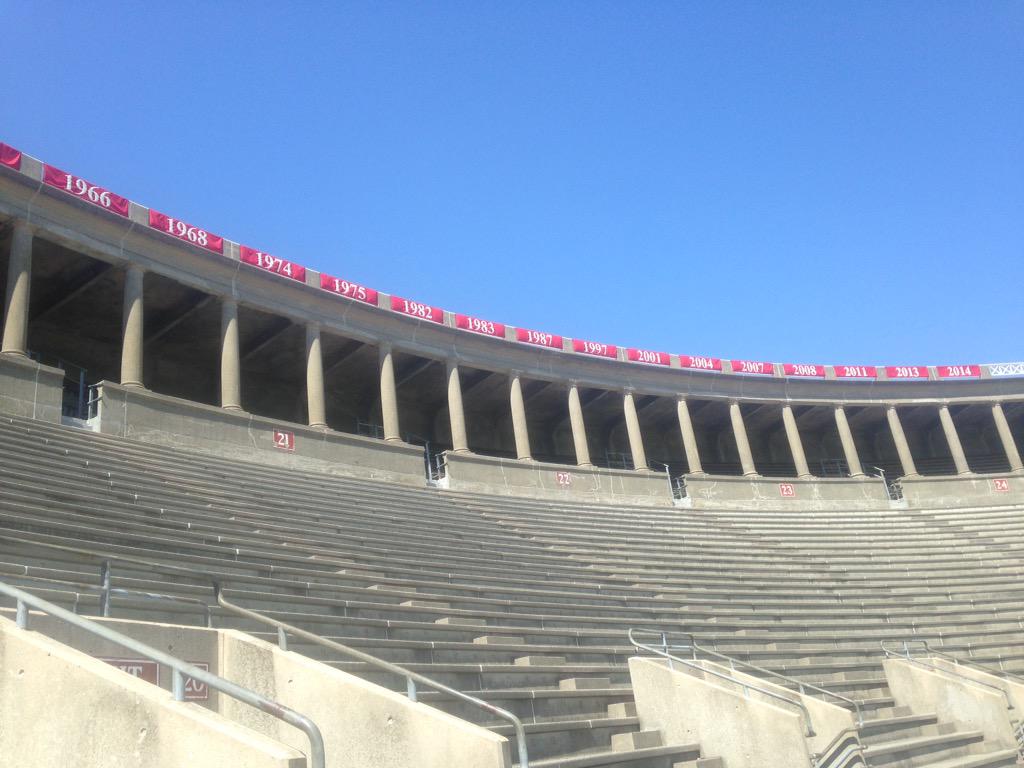
출발! 시작부터 가볍게 뛰어가는 블레이크를 보며 자동적으로 경쟁심리가 발동하여 뒤쫓아갔다.
1구역에서 4구역까지는 워밍업이었다.
5구역에 들어서자 시작할 때와 똑같은 페이스를 유지하며 뛰어올라가는 블레이크가 점점 두려워지기 시작했다.
7구역이 되자 처음의 속도를 유지하기가 어려워졌고 다리가 무거워지기 시작했다. 무엇보다도 숨이 거칠어졌고, 블레이크를 이겨보려는 내 마음이 몸을 옥죄어 왔다.
8구역이 되자 블레이크를 뒤쫓아 가는 것을 포기했다. 녀석은 괴물이다. 대신 나만의 페이스로 뛰려 했는데 되려 내 뒤를 쫓아오고 있는 다른 도전자들이 눈에 보였다.
10구역. 육체적으로 너무 힘들어서 계속 남과 나를 비교하려는 마음을 잊어버릴 수 밖에 없었다. 내 몸에서 영혼이 사라져간다. 무의식적으로 팔다리가 움직여 계단을 달린다.
11구역. 다리 근력은 그런대로 남아있었지만 심장이 터질 것 같고 호흡이 힘들어서 걸어 올라가기 시작했다.
12구역. 걷는 것은 오히려 잘못된 판단이었다. 계단과 계단 사이가 넓고 높이가 있다보니 한 계단 오를 때마다 '런지'를 하는 것과 같았다. 허벅지 근육이 터지다 못해 마비될 것 같았다.
13구역. 다시 뛰어올라갔다. 터질 것 같았던 허벅지 근육은 진정되었지만 반대로 호흡이 거칠어졌다. 완전히 딜레마에 빠졌다. 걷는 것도, 뛰는 것도 둘다 고통스러웠다. 피할 곳은 어디에도 없었다.
14구역. 첫 계단은 뛰어 올라가기 시작해서 호흡이 힘들면 걸어 올라가기로 했다. 이 고통이 끝날 수 있는 37이라는 숫자가 나를 지배하기 시작했다.
18구역. 잠시 저 멀리 달리고 있는 블레이크를 보았다. 그는 아직도 페이스를 유지한 채 처음과 같은 속도로 달리고 있었다.
23구역. 육체적으로 힘든 상황 속에서 그 어떤 외부적인 것들(숫자, 시간보기, 비교/경쟁하기, 편한 자세 찾기 등)은 아무런 도움이 되지 않는 다는 것을 깨달았다. 나는 비로소 '나' 자신에게 집중하여 계단을 오르기 시작했다.
26구역. 나의 육체가 비명을 지르고 있지만 내 마음은 어느 때 보다도 평온했다.
30구역. 내 뒤를 쫓아오던 앤디(Andy Keller)와 미클(Mikkle Thisen)은 매 구역을 완주할 때 마다 팔굽혀펴기를 10개씩 하고 있는 것이 보였다. 그들은 뒤쫓아온 것이 아니었다. 그들 자신의 방식대로 도전에 임하고 있었던 것이다. 나는 그때까지 보고싶은 대로 세상을 보았다. 이 장면은 내 인생에서 처음으로 보여지는 대로 세상을 본 순간이었다.
37구역. 완주의 순간, 몸의 긴장이 풀렸다. 기록은 31분. 성공이었다!
나는 내가 이룩한 성취가 대견스러워 하버드 스타디움의 웅장한 계단들을 쭉 둘러보았다. 그러다가 스타디움 반대편에서 제일 뒤쳐져있는 도전자와 함께 달리고 있는 블레이크를 발견했다. 그에게는 37구역이 끝이 아니었다. 그에겐 애초부터 37구역 완주가 자신의 목표가 아니었다. 그보다 끝이 없는 무한한 곳을 향해 그저 나아가고 있었던 것이다. 머리를 망치로 한 대 맞은 것 같았다. 어떤 목표, 결과, 뜻, 이상, 기준은 그것을 성취한 순간 거기서 끝나버린다. 결국 그런 목표 지향적인 것들은 '한계'가 있을 수 밖에 없다. 오히려 외부의 목표, 기준에서 벗어나 자기 자신에게 몰입하여 살아있는 모든 순간에 최선을 다할 때 영원성, 무한함을 지닌다는 것을, 나는 그때 깨달았다.
나는 '성공,' '성취감'이라는 달콤함을 뿌리치고, 37구역에서 벗어나 아직 다른 구역에서 계단을 오르고 있는 도전자들에게 달려갔다. 그동안 집, 학교, 어른들에게서 배웠던 타인을 도와주는 마음, '이타주의' 정신은 조금 불편하더라도 자신의 것을 남을 위해 양보하고, 내어주고, 희생하는 것인 줄 알았다. 그러나 하버드 스타디움이 이타주의는 그런 게 아니라는 것을 가르쳐 주었다. 이타주의는 오히려 내 자신을 더 큰 그릇으로 확장시키고, 더 강인해질 수 있게 도와주는 힘이라는 사실을 체험하게 되었다. 이타심은 개인의 자유가 달성되고 난 뒤에 여유있을 때 나누어주는 잉여자본이 아니다. 모든 탁월한 위인들은 자신의 자유를 추구하는 과정에서 이타적 가치가 함께 녹아들어 있었다. 결국은 나에게 묻는다.
"나는 아직도 37구역에 머물러있는가?"

Jiho Kim
President of Parkour Generations Korea
김지호
파쿠르 제너레이션즈 코리아 대표

RELATED POSTS
